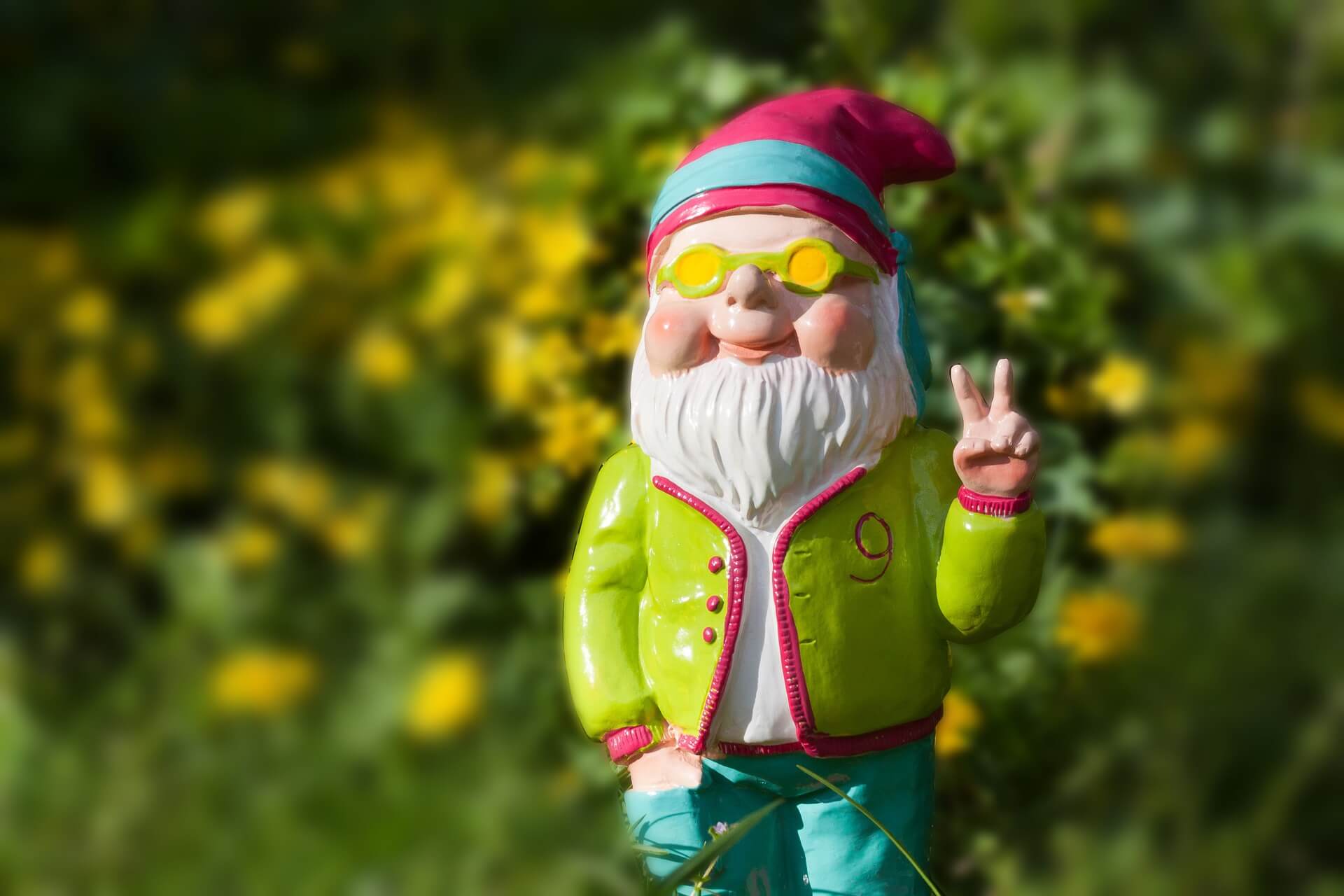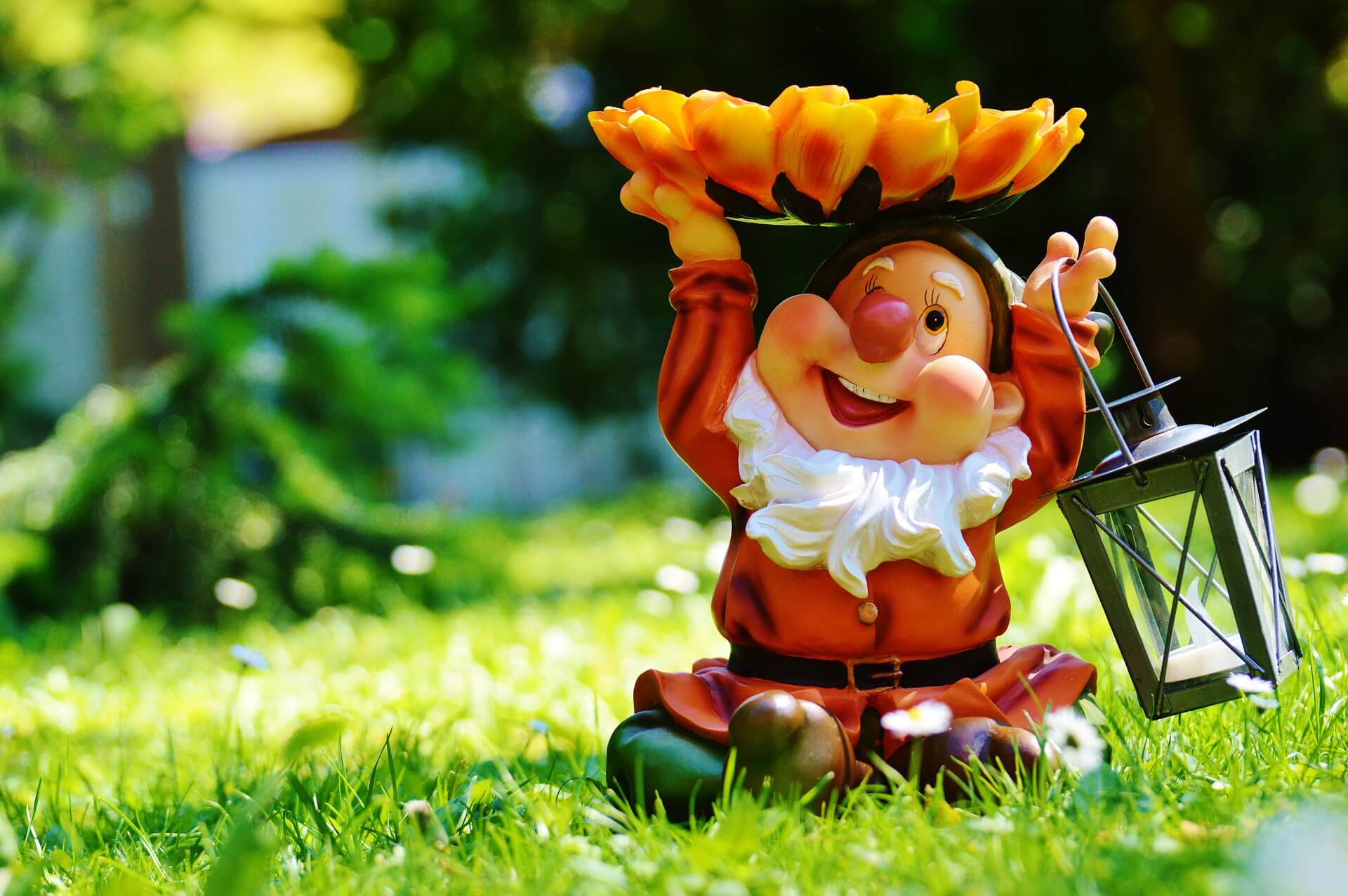There’s no Place like Gnome
Once upon a time in the surprisingly not fictional village of Gräfenroda in the genuinely not made up free state of Thuringia, there lived a man named Phillip Griebel. To narrow that down a bit, we’re talking about the mid-nineteenth century in central Germany. Philip was a sculptor by trade who specialised in the crafting of terracotta animals. At some point Philip decided to branch out and sculpt mythical creatures. European folklore is abundant with fabulous little homunculi and beasties but Philip was charmed most by the kaukis. Depending on where you’re from you might know them as ‘leprechauns’ and ‘clurichauns’ in Ireland, ‘saunatonttu’ in Finland, ‘nisse’ or ‘tomte’ in Scandinavia, ‘barbegazi’ in Switzerland and France, and ‘voettir’ in Iceland. Today we know them best as gnomes.
Philip wasn’t alone in his love of gnomes as of all his mythical beast sculptures it was the gnome that endured as favourite. While this is all charming we do have to point out that the company Baehr and Maresch based in Dresden would claim earlier creation of garden gnomes as they had stock of “little folk” statues as early as 1841. If you want to get really picky about it you can credit the origins of garden gnomes to the Romans who placed stone representations of the Greco-Roman fertility god Priapus in their gardens to help plants grow. Wherever they came from they are here to stay.
The popularity of garden gnomes declined during the first World War and most of the second World War as, understandably, people had far more on their minds than garden ornamentation and folklore. It wasn’t until the 1930s that popularity of these little garden guardians soared after the release of Disney’s ground breaking feature length animation Snow White and The Seven Dwarves. In the 1970s, presumably aided by the popularity of experimentation with certain substances, gnomes became even more fantastical, whimsical and downright weird. There was one more big surge in the popularity of garden gnomes in the 1990s with the popularity of “roaming gnome”, a practical joke where gnomes were stolen from gardens and the owners were posted photos of the gnome in humorous situations and/or exotic locations.

–
Jenny works in the Primrose Product Loading team working on adding new and exciting products to the website. When she’s not writing, proofreading or drinking the strongest coffee possible Jenny loves to climb and can often be found halfway up a wall at the local climbing centre.
